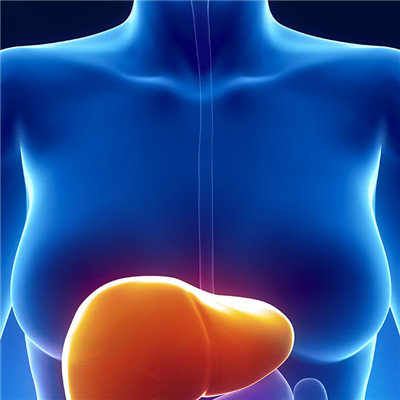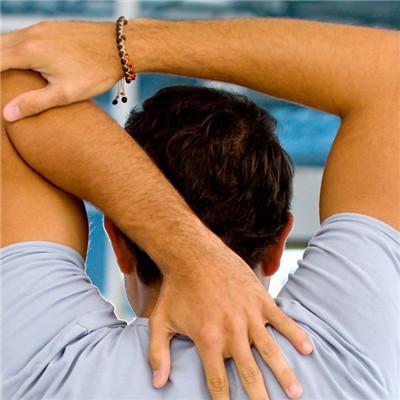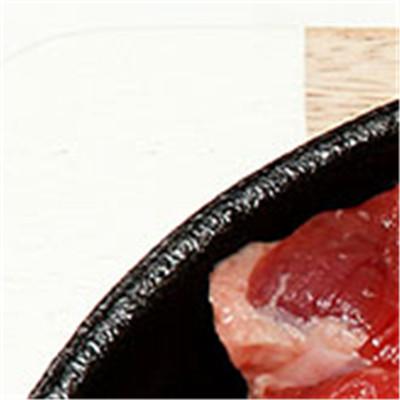Is branchial cleft cyst possible?
summary
Branchial cleft cyst belongs to branchial cleft deformity, which is a congenital disease. It is formed by the tissue of each pair of branchial cleft which is not completely degenerated. In 1932, Ascherson named it branchial cyst, which is widely accepted and used today. Is branchial cleft cyst likely to be affected? Let's talk about it
Is branchial cleft cyst possible?
This disease is a congenital disease. Significant symptoms can occur at any age. It is generally considered that the incidence rate of male and female is quite similar, and the left and right sides are not different. It was reported from birth to 85 years old, especially around 30 years old. Branchial cleft cysts can occur at any age, fistulas are often found in infancy, and cysts are easy to occur in children or adolescents.
Branchial cleft fistulas are usually found early with typical symptoms. Most of them are small fistulas in the anterior edge of sternocleidomastoid muscle on the neck side. There may be a little white secretion when they are squeezed, and they may also touch the cords to go deep. Branchial cleft cysts grow slowly. The main clinical manifestations were painless masses in the neck or parotid gland, which gradually increased or increased. The epithelium of branchial cleft cyst may be cancerous.
Branchial cleft cyst is easy to be infected repeatedly, and it is easy to relapse if the diagnosis and treatment is improper. Secondary or multiple operations cause scar adhesion, which increases the difficulty of operation and makes it more difficult to cure. It brings pain to patients and may also lead to anxiety and other psychological discomfort.
matters needing attention
Some corrosive drugs, such as high concentration of trichloroacetic acid and iodine, can be used to cauterize the fistula or electrocautery, and sclerosing agent can also be injected to try to seal the fistula or cyst. It is generally believed that this method has unstable effect, can not be cured, and is easy to damage the peripheral blood vessels and nerves, so it is rarely used in clinic.












